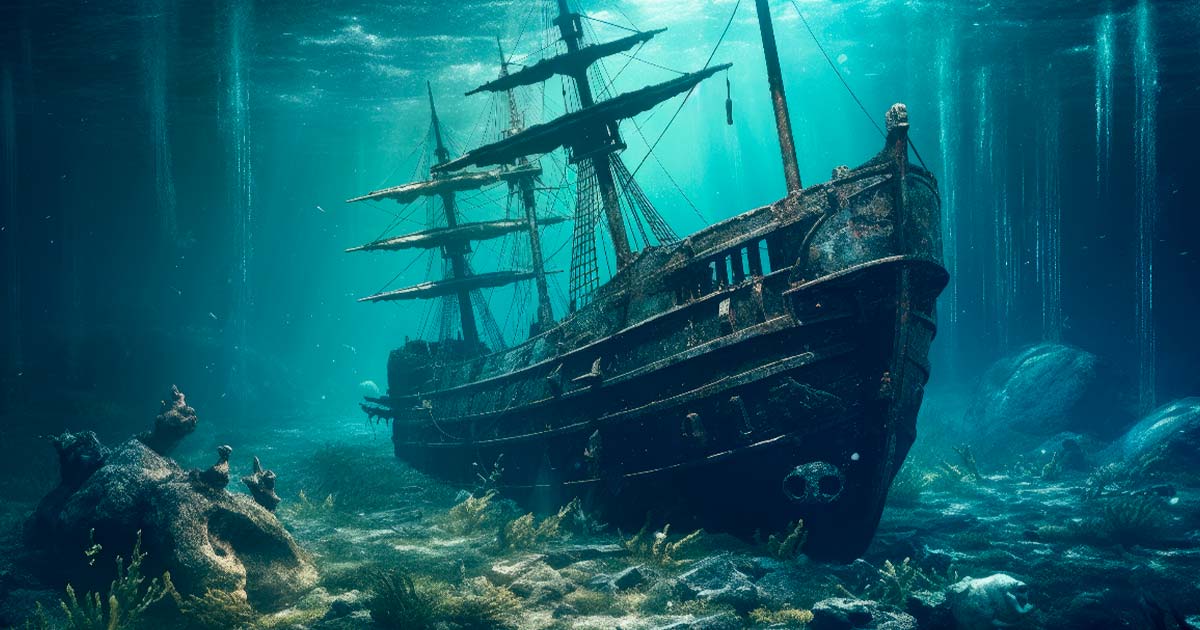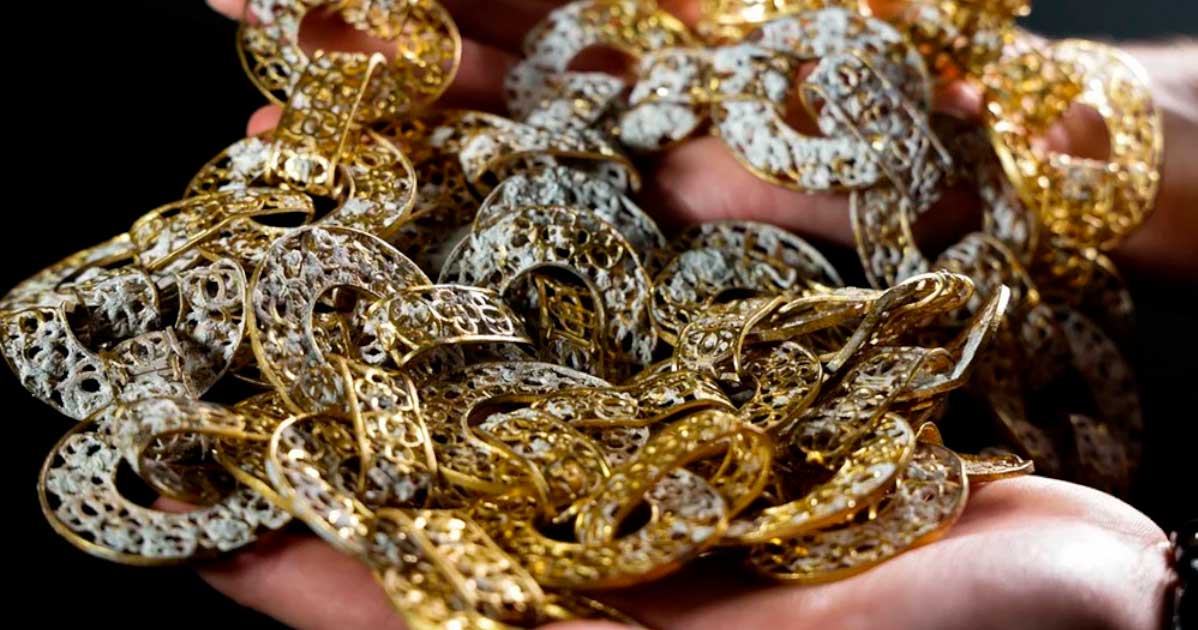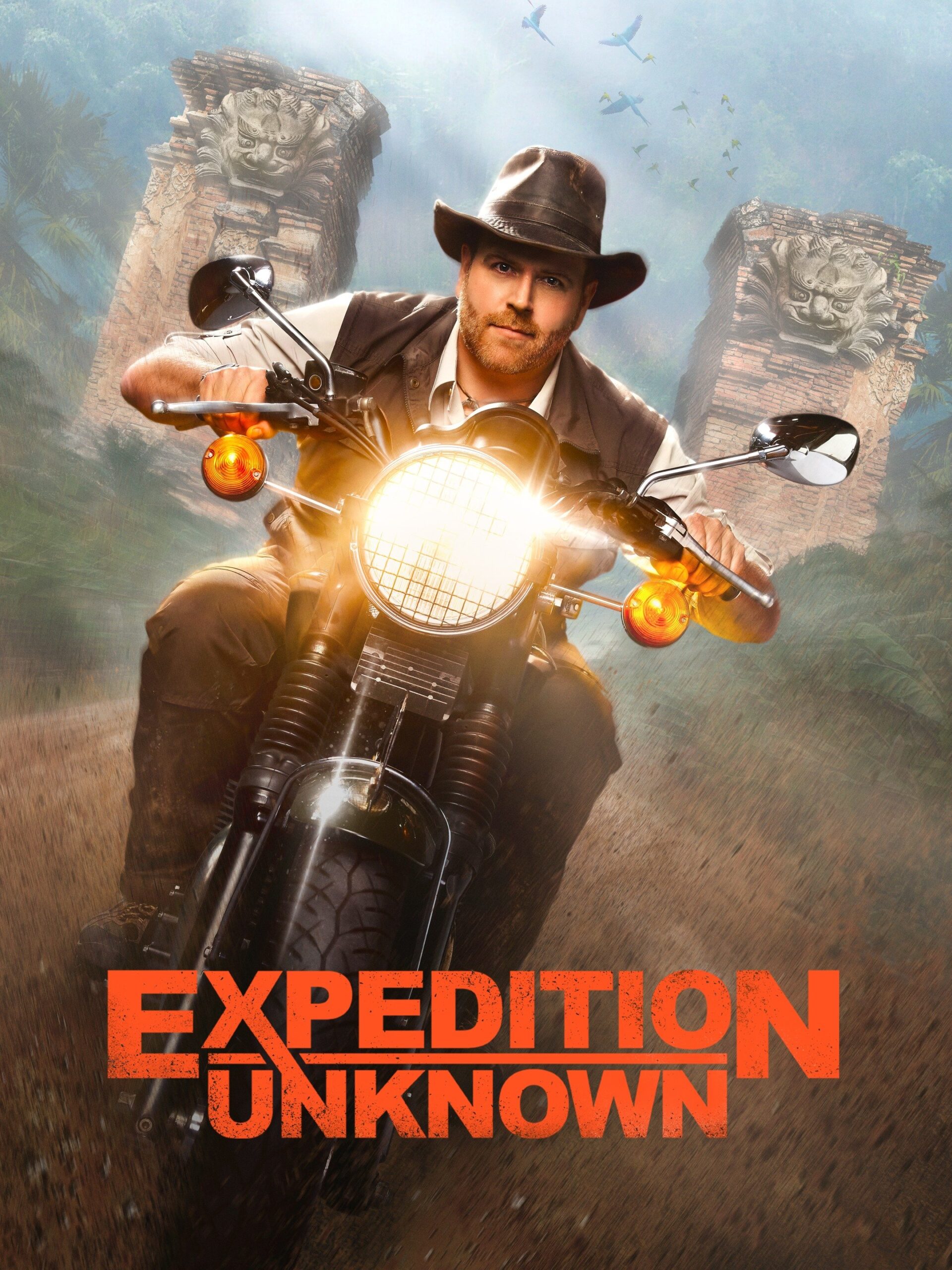: Michael-Robert.
Bronze Member
- Joined
- Feb 2, 2013
- Messages
- 1,539
- Reaction score
- 2,207
- Golden Thread
- 0
- Location
- Sovereign America
- Detector(s) used
- Many
- Primary Interest:
- All Treasure Hunting
- #1
Thread Owner
Last week, a team of divers recovered a massive treasure from a 350-year old shipwreck in the Bahamas. Whilst previous teams of treasure hunters have scoured the wreckage for centuries, this expedition is the first scientific survey, and actually licensed by the Bahamian Government. The recovered treasure is currently being displayed in the just recently opened Bahamas Maritime Museum.
This ship was called the Nuestra Señora de las Maravillas. In English, that means, "our lady of wonders".
The recovery of a 350-year-old shipwreck in the Bahamas has unveiled a captivating tale of the Maravillas, a Spanish treasure galleon lost in the treacherous waters. This scientific expedition, officially sanctioned by the Bahamian government, marks a departure from centuries of opportunistic treasure hunting.
Built in 1647, the Maravillas was no ordinary vessel, boasting two decks, 36 bronze cannons, and a devotional oil painting on its stern. Laden with New World treasures, it was part of Spain's annual fleet. The recent findings, meticulously documented by the Allen Exploration team after being granted a survey license by the Government of the Bahamas, offer a glimpse into 17th-century Spain.
From silver coins to Chinese porcelain, the artifacts reflect the cultural and trade connections of the time. Notably, a two-pound, six-foot golden chain, potentially worn by King Philip IV, hints at the wealth aboard. Allen Explorations’ commitment to display these treasures in the Bahamas Maritime Museum underscores a shift away from the questionable practices of previous treasure hunters. The Maravillas' saga, from wreck to recovery, resonates as a testament to both historical exploration and the ongoing preservation of maritime heritage.

 www.ancient-origins.net
www.ancient-origins.net
This ship was called the Nuestra Señora de las Maravillas. In English, that means, "our lady of wonders".
The recovery of a 350-year-old shipwreck in the Bahamas has unveiled a captivating tale of the Maravillas, a Spanish treasure galleon lost in the treacherous waters. This scientific expedition, officially sanctioned by the Bahamian government, marks a departure from centuries of opportunistic treasure hunting.
Built in 1647, the Maravillas was no ordinary vessel, boasting two decks, 36 bronze cannons, and a devotional oil painting on its stern. Laden with New World treasures, it was part of Spain's annual fleet. The recent findings, meticulously documented by the Allen Exploration team after being granted a survey license by the Government of the Bahamas, offer a glimpse into 17th-century Spain.
From silver coins to Chinese porcelain, the artifacts reflect the cultural and trade connections of the time. Notably, a two-pound, six-foot golden chain, potentially worn by King Philip IV, hints at the wealth aboard. Allen Explorations’ commitment to display these treasures in the Bahamas Maritime Museum underscores a shift away from the questionable practices of previous treasure hunters. The Maravillas' saga, from wreck to recovery, resonates as a testament to both historical exploration and the ongoing preservation of maritime heritage.

Sunken Treasures: The Shipwreck of the Maravillas (Video)
The recovery of a 350-year-old shipwreck in the Bahamas has unveiled a captivating tale of the Maravillas, a Spanish treasure galleon lost in the treacherous waters.





